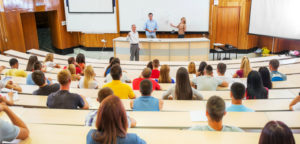
Student Expectations about Instructional Methods
Expectations shape our responses. I come to supper thinking we’re having salmon, and instead it’s chicken thighs. I’m not smiling. A student studies for the exam, feels prepared, breezes through the questions, and anticipates a good grade. If the grade ends up a C, the





